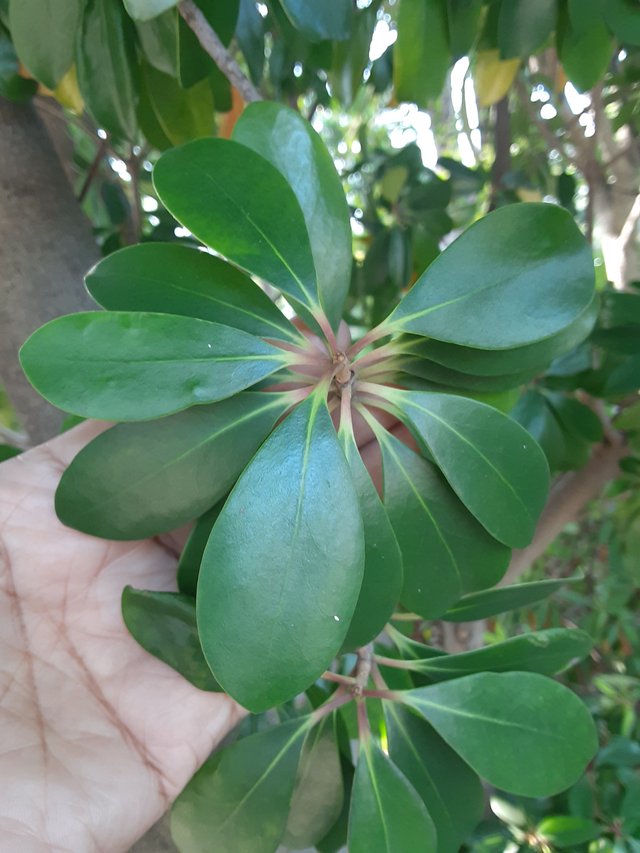
Ternstroemia gymnanthera is an evergreen shrub or small tree native to eastern and southeastern Asia. It is commonly known as Japanese ternstroemia or false Japanese cleyera.
Ternstroemia gymnanthera has simple, alternate leaves that are clustered at the tips of the branches. The leaves are leathery and glossy, with a dark green upper surface and a paler lower surface. They are typically 6-10 cm long and 2-4 cm wide, with a bluntly pointed apex and a wedge-shaped base. The leaf margins are entire.
The leaves of Ternstroemia gymnanthera are used in traditional Chinese medicine to treat a variety of conditions, including diarrhea, dysentery, and fever. The leaves are also used to make a tea, which is said to have anti-inflammatory and antioxidant properties.
In addition to their medicinal uses, the leaves of Ternstroemia gymnanthera are also valued for their ornamental value. The glossy, dark green leaves make the plant an attractive addition to any landscape.
Here are some additional facts about Ternstroemia gymnanthera leaves:
- The leaves are rich in tannins, which give them their leathery texture and astringent taste.
- The leaves are also a good source of flavonoids, which are antioxidants that have been shown to have a variety of health benefits.
- The leaves are often used in floral arrangements and bouquets.
- The leaves are also used to make a traditional Japanese dye called "kasuri".
Ref.:
 |  |
Upvoted! Thank you for supporting witness @jswit.
Downvoting a post can decrease pending rewards and make it less visible. Common reasons:
Submit